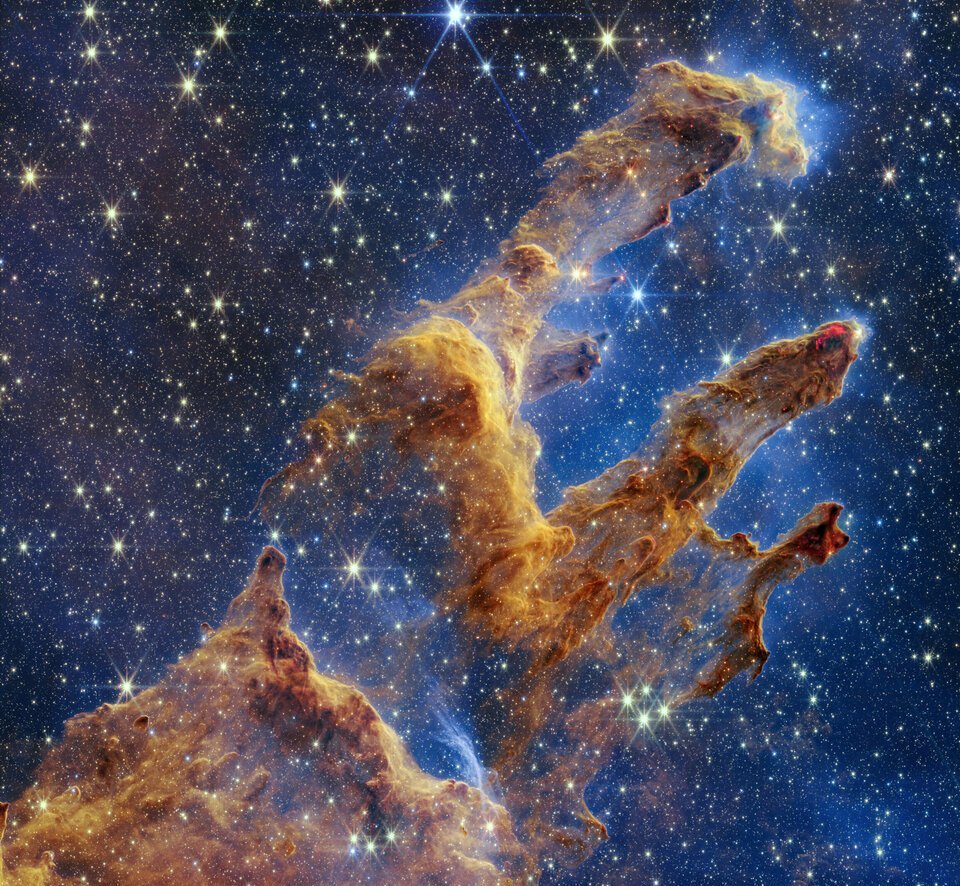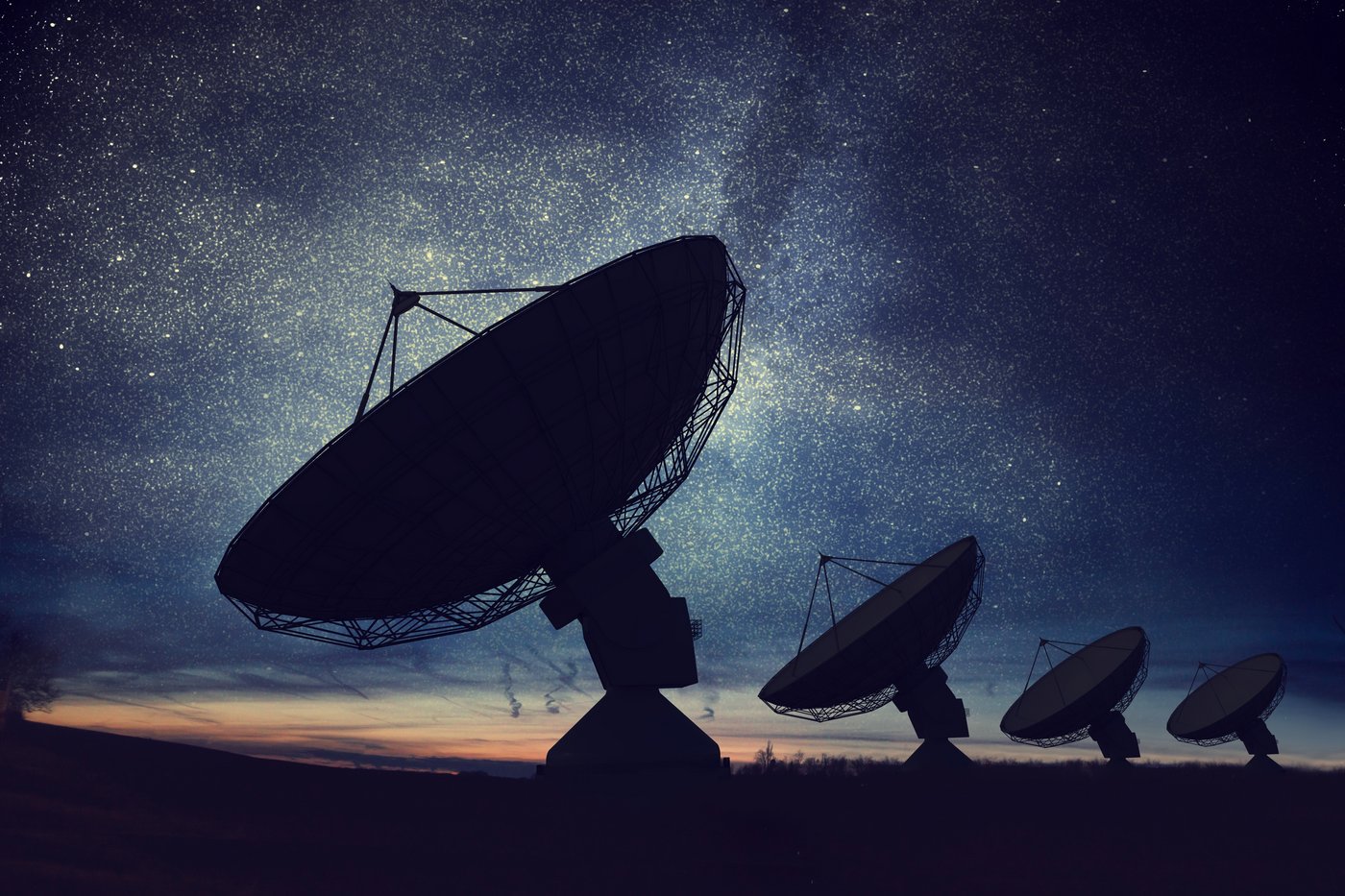The State of Our Knowledge
Howard Smith
The public overall places considerable trust in science when they look for explanations. They enjoy its fabulous successes even while admitting that, sure, there is much we do not know – after all, science is engaged in a mode of constant seeking. But in thinking about science and religion and the larger issues of meaning and purpose, our faith in science should not obscure its limitations. In this essay I offer a perspective on this baseline attitude and urge a more expanded approach.
In my public talks I challenge my audiences: Why believe me when I said the universe was created 13.8 billion years ago in a big bang event, or that most of the elements were fabricated in stars, or that in this quantum world material objects are wavefunctions, and more? Humanity, after all, is just an insignificant speck on a tiny planet in the vast cosmos; why imagine that we know anything at all about the real nature of the world?
My answer is twofold. It is true we are small, but size is not everything. Complexity is what matters most when it comes to processing knowledge and humans are the most complex entities we know of in the universe – by far! – having more neurons in each of our brains than there are stars in the Milky Way galaxy. Also persuasive are the remarkable achievements of the scientific enterprise. Our ideas must be largely correct to have consistently produced such wonders, from computers to vaccines. For the religiously inclined, there is in addition the promise, for example as expressed by Maimonides, that because God has commanded us to love and study the wonders of the world we are assured that the task of knowing is possible and not doomed to failure or delusion.
The task of understanding, however, is not simple. Scientists can draw unwarranted conclusions, and it is important for us to remain exceedingly humble about what we know so far. Most of our knowledge derives from studying the behaviors of the complex atoms that make up our world: all the elements in the periodic table beyond hydrogen and helium. These atoms with more than two protons in their nuclei – carbon, oxygen, silicon, iron, and the other 110 elements - comprise soil and rocks, planets, and the molecules of life, and seed the interstellar clouds to facilitate the birth of new stars. Hydrogen (with some helium) was made in the big bang, and constitutes nearly all (98%) of all of the baryons (protons and neutrons) in the universe by mass, existing primarily as diffuse gas. All these other elements appear much later, fabricated during stellar lives and deaths. They comprise only about 2% of the total mass of elements in the cosmos. Our sophisticated understanding of nature derives from primarily studying this 2% of matter, the complex atoms and the multitude of structures they compose.

The totality of even all the baryons, however, is itself only 5% of what really makes the cosmos tick: dark energy and dark matter, which together comprise 95% of the cosmic storyline. The nature of these dominating components is a complete mystery. Dark energy refers to the recent discovery that the universe is not just steadily growing in size, it is accelerating its outward expansion. The source powering this unexpected motion is popularly called dark energy because we don’t know its origin. It might have something to do with gravity, or perhaps with the nature of the quantum vacuum. The second component, dark matter, is equally mysterious and was similarly given the adjective “dark” to indicate our ignorance. It is definitively detected from the powerful effects of its collective gravity which impact the motions and growth of galaxies. Possible dark matter particle theories have been offered that speculate about the character of fundamental dark particles and their sizes but their various putative masses span a stupendous range of over thirty-four orders-of-magnitude, from WIMPS (weakly interacting massive particles) to FDMs (fuzzy dark matter bosons). The rich plethora of ideas reflects how little we understand today about dark matter.
Nonetheless, our understanding of the tiny fraction of normal matter (baryons) seems reliable … except that we have no successful model for them or for the non-baryonic elementary particles like electrons either. The “Standard Model” of particle physics tries to explain the particles and their properties together with three of the four forces of nature, but it is in serious trouble. Among other difficulties the observed properties of the particles, which involve over two dozen parameters (numbers), cannot be calculated from basic principles. The masses of known particles for example could take any value but instead fall almost exactly in the middle of the range that enables stable atoms to exist. The reason is not known. These values are precisely supportive of life, so much so that even tiny changes would appear to make our universe uninhabitable. Why should this be, that the universe was born with building blocks capable of forming life? Explaining this puzzle is called “the fine tuning problem” or the Anthropic Principle. Perhaps it is connected to the problem of the acceleration by dark energy whose source may be energy stored in the quantum vacuum, but that energy - and the associated cosmic acceleration - is expected to be ten-to-the-power-120 times bigger than observed. It happens to be just right for a universe of atoms to develop. No one knows why. Not least of the Standard Model problems is that it does not include the fourth force, quantum gravity, along with the other three forces (electromagnetism, strong and weak nuclear forces). There is no “Theory of Everything.” Perhaps no such a unified theory is possible, but why not? String theorists hope to offer a solution, but they have been hoping for that for decades. Someday we will either find the correct theory or theories, or else understand why nature does not implement a unified theory.

However, an even more bewildering problem exists: We don’t know what it is we are talking about when we talk about “things.” Atoms and the constituent baryons that comprise normal matter are not describable as little balls or point-like entities. Instead, quantum mechanics successfully describes matter as wave-like (called a “wavefunction”), somewhat like light, whose behavior is described by quantum equations. The notion of things as waves is a deeply confusing and mysterious concept. The popular Copenhagen interpretation asserts that an entity is the probability of something being, a probability that only becomes real when a measurement occurs -- but what constitutes a measurement is hotly debated. In the conventional interpretation a conscious observer makes the measurement to establish reality. Most physicists don’t ponder this interpretation; they apply mathematical formulae to wavefunctions with the knowledge that the procedures will yield the correct answers to well-posed questions. For nearly 100 years physicists have argued about the wavefunction with no consensus. Einstein was the most famous person, but not the last, to be dismissive of the Copenhagen interpretation because he believed in an objective reality, but the problem of measurement remains an unresolved mystery. Is the outcome of a measurement random, or might there be some hidden cause? Many scientists have bitterly complained that the notion that an observer could play any role in setting reality is quasi-mystical, and while a few alternative ideas have been advanced, they each new puzzles of their own and none have been widely adopted.
The implications of this ignorance affect not just an airy philosophical understanding about the meaning of the nature of things (even if “things” are only few percent of the cosmos) – this ignorance leaves us with serious practical problems. The bizarre behavior of wavefunctions implies that instantaneous transmission of some sort is occurring since a wave is not localized to one place. The effect is called entanglement and Einstein denounced it as “spooky action-at-a distance.” New results on quantum computing that take advantage of entanglement illustrate the potential practical implications. But entanglement is forbidden by relativity because the maximum possible speed is finite (equal to the speed of light). Relativity has passed trials from modeling black holes to cosmology and never been wrong, yet one of its most basic tenets is that nothing can travel faster than light. This is called the “principle of locality”, that events in one location cannot cause an effect in other locations faster than the speed of light can travel there. Recent quantum experiments have shown, however, that faster-than-light communication might be the least bizarre explanation for quantum entanglement!
The consensus today on quantum mechanics and entanglement is that one of these three seemingly elemental statements about the world must be false: The world is real. The world is causal. The world is local.
In summary, we know nothing about 95% of the universe and as for the remaining 5%, while we can manipulate it with great success, we don’t understand what it is. Someday no doubt we will identify and characterize both dark matter and dark energy, but they will most probably share all the same puzzling quantum behaviors as atomic matter. If not, they might be governed by something even more obscure.
Einstein famously remarked that the most incomprehensible thing about the universe was that it was comprehensible. Actually, it is not very comprehensible. If you have had a hard time following this summary you can grasp why a deeper understanding of these essential puzzles requires a PhD – but why should it? The universe of philosophers like Epicurus and Lucretius was also complicated, with countless atoms moving at random in all directions and colliding, yet the underlying principle of haphazard collision is not hard to understand. But it is also wrong, and utterly unable to explain the natural world.
Why is our universe inscrutable rather than simply complicated? Is this mysterious intricacy a necessary condition for life? For consciousness? We don’t know. Physicists and philosophers who ponder the question have offered one option: We exist in a quasi-infinite plenitude of different universes, a “multiverse” each with different properties, and are just lucky to be living in the one whose random properties happen to nurture intelligent life. Or could it be something else, perhaps related to the body-spirit dichotomy?
Modern discoveries in science have assembled an increasingly detailed and convincing picture of the nature of our world, but simultaneously uncovered features of reality that complicate or even challenge that picture. Believing in a near-infinite multiverse is not more rational than thinking there is a teleological dimension to the cosmos in which humanity is featured. The expression “the god of the gaps” is a derogatory term often used to describe a deity invoked to explain away anything that is not understood, the creation for example. Today those gaps are getting smaller and smaller and the god of the gaps is a passé, if not foolish, concept. Spiritual belief need not be based on ignorance, but rather on knowledge. As we unravel the wonders of the creation and the intricate evolving dance of particles and fields, our appreciation and awe of the world become increasingly mature and sophisticated. We may be but an infinitesimal speck in the vast cosmos, but the laws of physics and nature that steer the universe also prescribe the peculiar conditions necessary for our existence. We do not know for certain whether this circumstance is due to necessity or to luck, but we are surely blessed.
Howard Smith
Published April 2024
Dr. Howard A. Smith is a Senior Astrophysicist at the Harvard‐Smithsonian Center for Astrophysics. He is an author on over 400 scientific publications and has been a PI on numerous international space astrophysics mission programs. Prior to coming to Cambridge, he was the Chair of Astronomy at the Smithsonian’s National Air and Space Museum in Washington where he developed and led its research and education activities; he also served as a Visiting Discipline Scientist in Astrophysics at NASA Headquarters. He is the author of the book, Let There Be Light: Modern Cosmology and Kabbalah, a New Conversation between Science and Religion (New World Library). He writes and lectures on astrophysics and Judaism, and has been recognized by Harvard for excellence in teaching. His forthcoming book with Rabbi Art Green and Debra Band is called, Secrets of Creation: Insights from Mysticism, Modern Science and Art (Ben Yehuda Press 2025)
We also offer a German translation of this article.
Bibliography
Smith, H. A., ‘Alone in the Universe,’ American Scientist 99 (2011): 320–7.
Smith, H.A. ‘Questioning Copernican Mediocrity,’ American Scientist 105 (2017): 232-9.
Smith, H. A., ‘Alone in the Universe,’ Zygon 51 (2016): 497–519.
Smith, H. A., Let There Be Light: Modern Cosmology and Kabbalah, A New Conversation Between Science and Religion (Novato, CA: New World Library; 2006).
Smith, H.A. , ‘The End of Copernican Mediocrity: How Modern Astrophysics has Reinvigorated the Spiritual Dimension,’ in Our Common Cosmos, Ed. Imfeld and Losch, [pub: t&tclark, London] 2019, 161.
Picture Credits
Books on Shelves in Library or Study with Classic Dark Wood © Adobe Stocks #340078556 by Ryan
Pillars of Creation © NASA, ESA, CSA, STScI; J. DePasquale, A. Koekemoer, A. Pagan (STScI)
Silhouettes of satellite dishes or radio antennas against night sky. Space observatory. © Adobe Stocks #173668395 by vchalup
Science and research of the universe, spiral galaxy and physical formulas, concept of knowledge and education © Adobe Stocks #330287153 by Ulia Koltyrina
